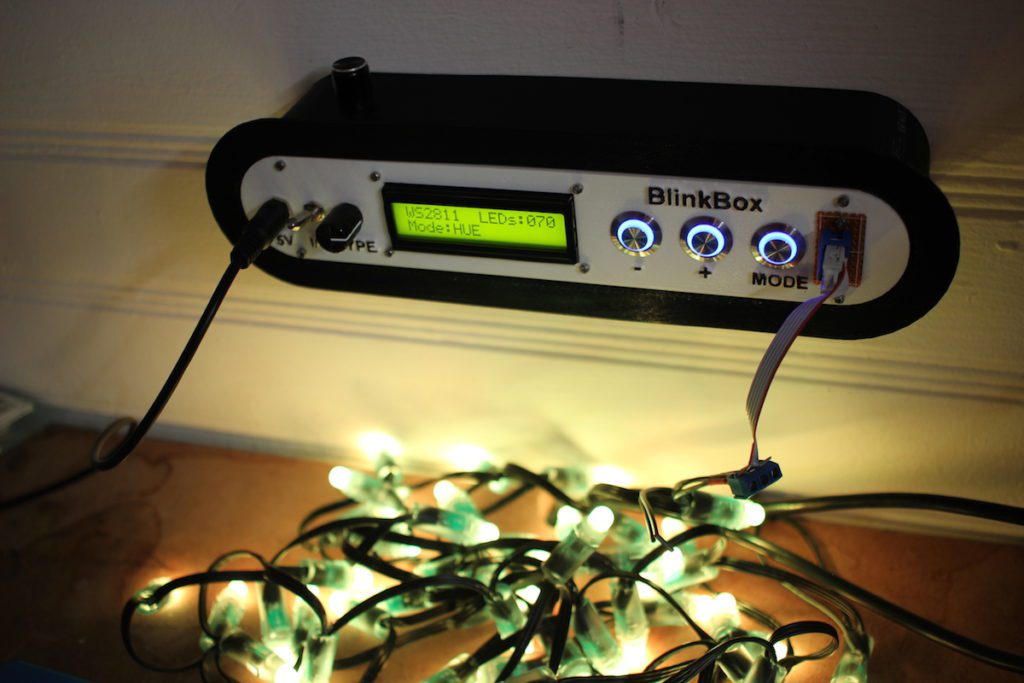Schlagwort: LED Tester
-

This DIY tool automates LED testing and current limit calculations
Reading Time: 2 minutesGPIO pins on most microcontrollers operate at low voltages, typically between 3.3V and 5V, and are unable to deliver much current — oftentimes stopping at 20-40mA. This is why, when setting up an LED, series resistors are used to limit the amount of current draw and prevent damage to the pin. Mirko Pavleski created…
-

Ramp up programmable LED troubleshooting with the BlinkBox
Reading Time: < 1 minuteRamp up programmable LED troubleshooting with the BlinkBox Arduino Team — July 23rd, 2018 Programmable LEDs are amazing pieces of hardware, allowing hackers to add a rainbow of colors to projects at reasonable prices. Troubleshooting these devices, however, can be a pain, so Devon Bray developed the “BlinkBox” to help with this…

